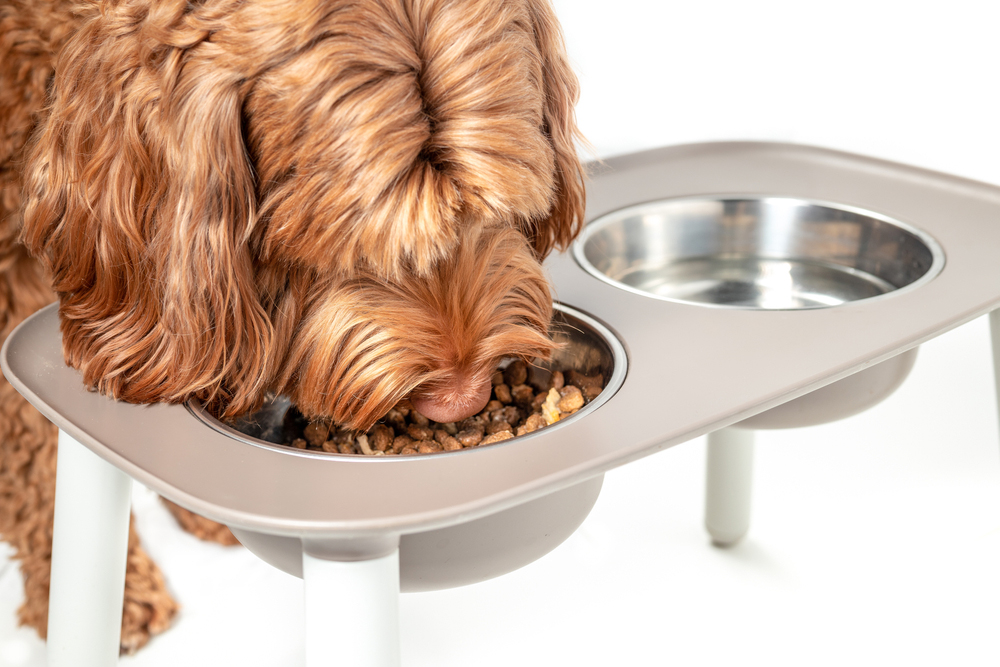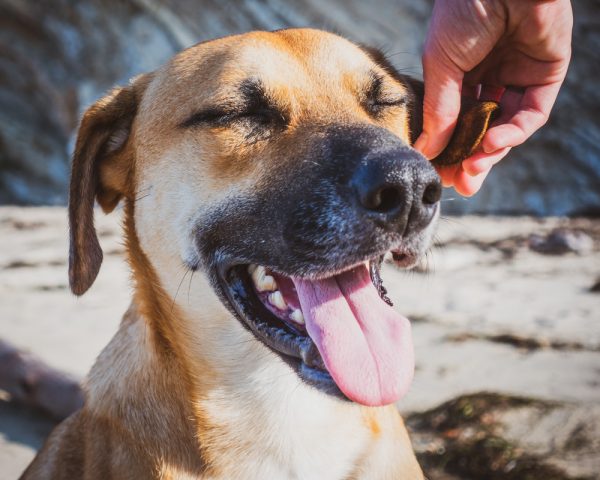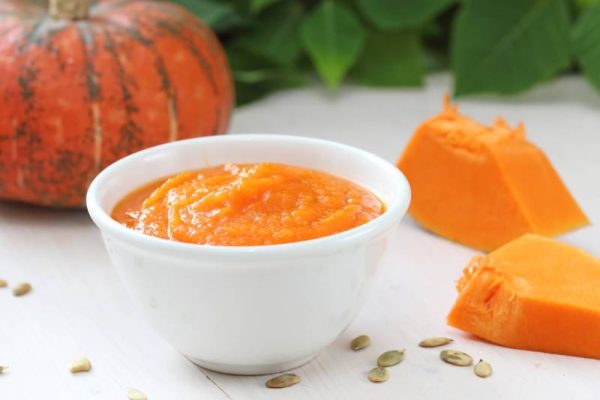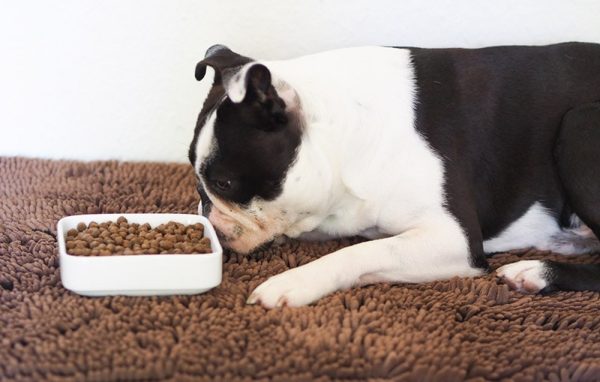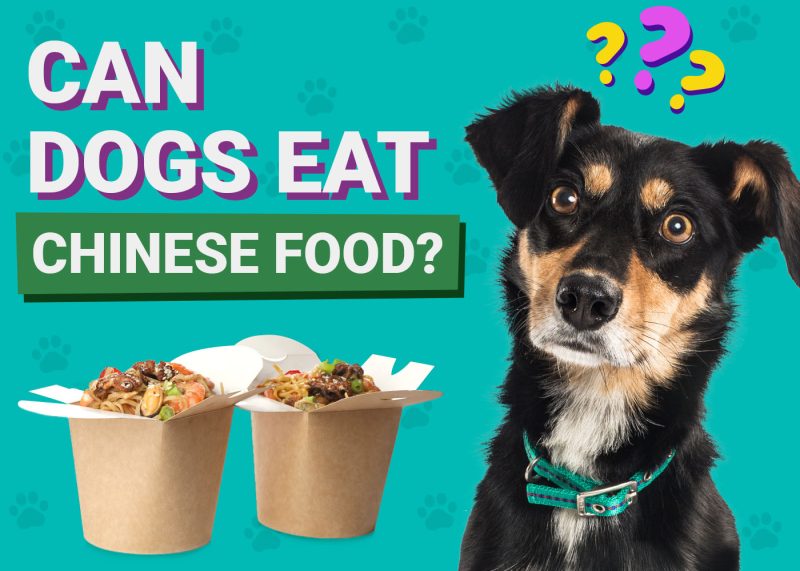When we choose a dog food, we might not consider that our dog won’t be a match for one reason or another. Or perhaps you haven’t had the results with the dog food that you are currently on and want to switch to a healthier or more suitable recipe.
Regardless of your reasoning for switching dog food, doing so can sometimes be tricky. Some dogs have very sensitive gastrointestinal systems, and switching to a new food can cause diarrhea and stomach upset, while other dogs have ironclad stomachs. You could give one dog a different kind of food every day, and they would never be affected.
But you could slightly switch one little thing about another dog food, and they could have diarrhea for a week. Because it can be such an individual situation, we wanted to cover all the bases in this article as much as we can so that you can switch your dog’s food with no problems.

The 6 Steps to Switch Your Dog’s Food
1. Speak With a Vet
Before you ever change your dog’s diet, it is very important to consult with a veterinarian.
Every dog is different. Some are very healthy their entire lives, despite diet changes or environmental factors. They tend to live to an old age and have a relatively normal life. Other dogs seem to have a problem right from the get-go. It seems no matter what kind of diet they have, their stomach, skin, or overall health suffers from it.
Your dog could have some sort of allergy or sensitivity to a certain ingredient, so you need to find a food that doesn’t have that ingredient. Coming up with the appropriate diet plan can be very difficult. So, it is very important to consult with a vet to determine if your dog is an eligible candidate for the recipe you’re selecting.
A vet can give you recommendations and you can work together to find a diet in your budget. There are lots of different factors that go into determining the best food for your dog. So always make sure that a vet is aware of your dog’s entire health and dietary history so they can give the best advice.
If you need to speak with a vet but can't get to one, head over to PangoVet. It's an online service where you can talk to a vet online and get the personalized advice you need for your pet — all at an affordable price!

2. Choose a Suitable Recipe
It seems there’s a recipe for everything these days. If you’re going to change your dog food, make sure it’s a healthy dish. You should always select high-quality brands that are known for crafting excellent recipes for canine nutrition.
If your dog has any particular food sensitivities, be sure to do a quick sweep of all of the ingredients to make sure you’re missing any problematic additives.
3. Consider Your Dog’s Current State
What are you hoping to accomplish with a new diet? Are you trying to get your dog to lose weight? Are you trying to find an easier-to-digest recipe? Regardless of what your aim is, it is really important to acknowledge your dog’s current state and find a recipe that fits your goals for your dog.

4. Read Instructions on the Bag
When you buy new dog food, it’s easy to want to toss it in the bowl and not think anything else about it. However, our dogs’ bellies can be very sensitive. It is important to carefully transition according to the instructions on your new bag of food.
They will suggest the amount of new food per the amount of old food to serve at each meal. After about the first week or two, your dog should be fully transitioned to the new diet.
- Day 1–2: 75% old food, 25% new food
- Day 3–4: 50% old food, 50% new food
- Day 5–6: 25% old food, 75% new food
- Day 7+: 100% new food
However, dogs that have problems with their old food may need to have these amounts adjusted slightly, which is another reason why it’s essential to speak with a vet if your dog’s food is giving them problems.
5. Accurately Portion Each Meal
It’s important to feed your dog the proper portions of the new food as directed on the bag. These are usually based on your dog’s weight. Measuring out too much food for your dog’s weight can lead to weight gain, especially if the new food is higher in calories or fat than the old food.
Of course, if your dog does need to gain or lose weight, discuss with your veterinarian the proper portions for your dog’s situation instead of just relying solely on the instructions on the bag.
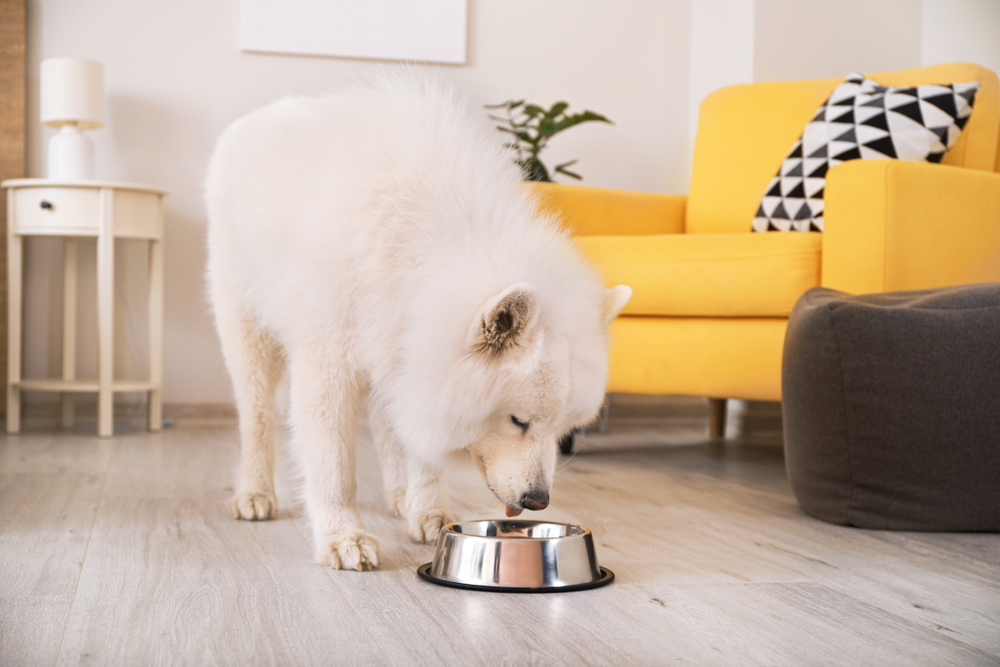
6. Pay Attention to Any Signs of Gastrointestinal Upset
While switching your dog’s food, you could notice some gastrointestinal signs, even if you transition slowly, so be sure to keep a watchful eye. Sudden changes in the diet can trigger diarrhea, vomiting, gastrointestinal upset, stomach gurgling, and just about every other GI issue you can think of.
So, to save your carpets, it’s best to follow the instructions. If you notice that your dog is having any kind of GI issue, pull back on the new food and transition even slower. Every dog is different and remember that the instructions on the back are made for general across-the-board situations.
If your dog is a little more sensitive, it simply means that you’re going to have to transition them at a slower pace. However, remember that after a few weeks of the transition, all gastrointestinal issues should disappear. If they keep going, or they are severe in nature, it’s best to discontinue the food and seek help from a veterinarian.

Conclusion
Now you know how to switch your dog’s food without causing much trouble for your dog! It can be a little bit of an adjustment for a dog since their stomachs get used to a certain diet most of the time, but it’s very necessary to switch foods in some cases. You can easily let them enjoy the new recipe by following these simple instructions.
See also:
Featured Image Credit: sophiecat, Shutterstock
